If you were LeBron James, basking in the peak of your career, with two championship trophies and countless adoring fans, would you leave the victorious Miami Heat on a winning streak to embark on an uncertain journey? This was the difficult choice facing LeBron James in the summer of 2014 - to stay in the land of glory and continue his reign, or to return to his hometown team, the Cleveland Cavaliers, and carry the burden of rebuilding a shattered squad?
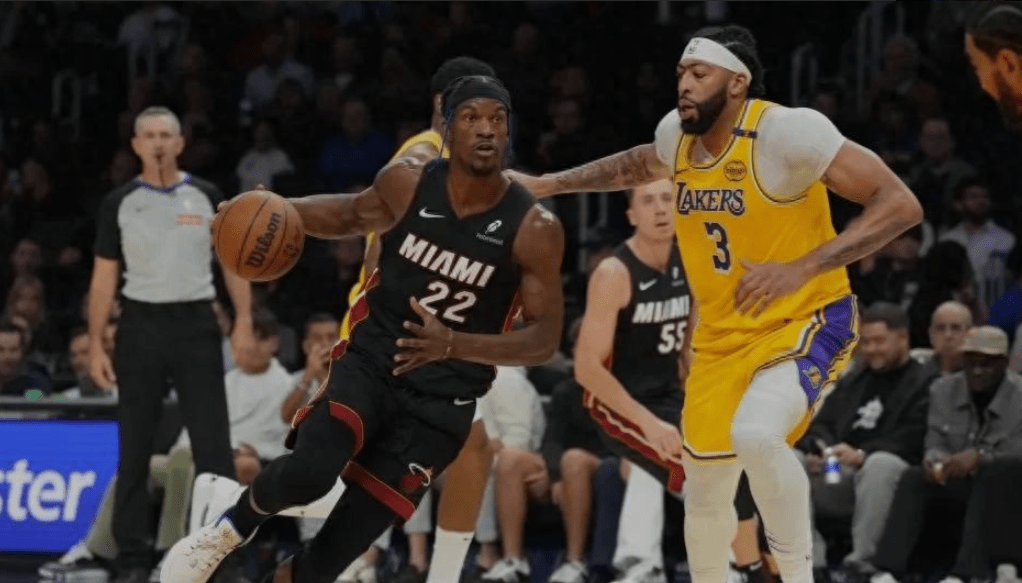
Ultimately, James chose not to remain in Miami. The reasons behind his departure were not about ability, money, or other superficial factors, but rather stemmed from a deep-seated struggle for control and differing team culture philosophies. This decision not only changed the course of his career but also etched a different chapter in NBA history.
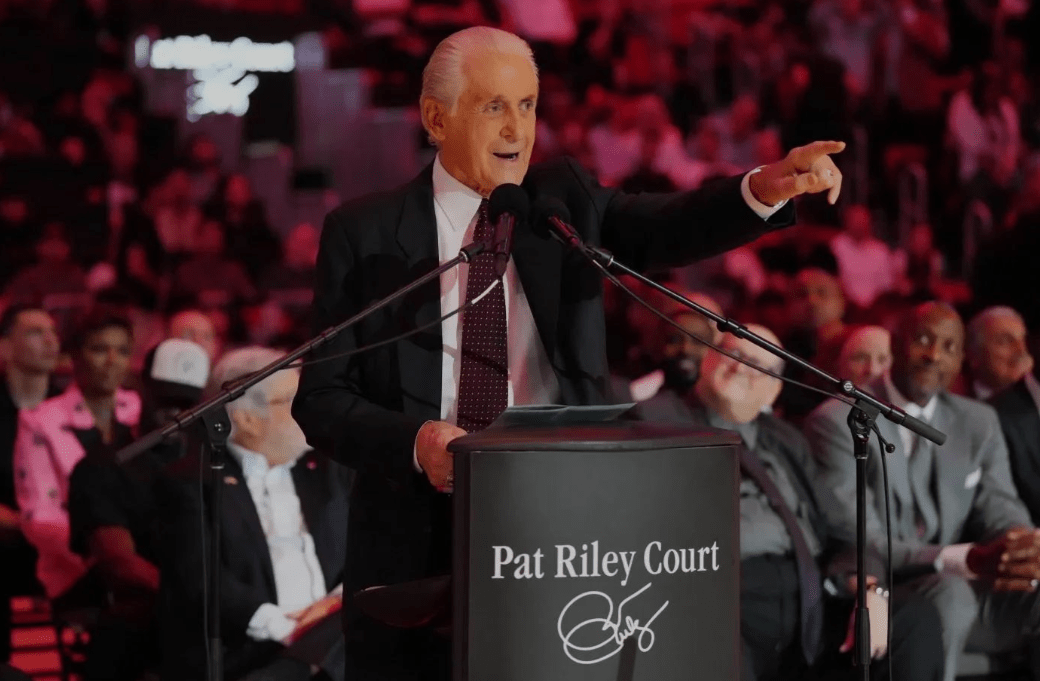
James' tenure in Miami can be described as "epic." From joining the Heat in 2010 with "The Decision 1.0" to making it to the finals four years in a row and capturing two championships with overwhelming force, the 29-year-old James became the undisputed best player in the league. Behind these achievements was Pat Riley, the exceptional helmsman known for his iron fist and calm demeanor, who was instrumental in the Heat's resurgence.
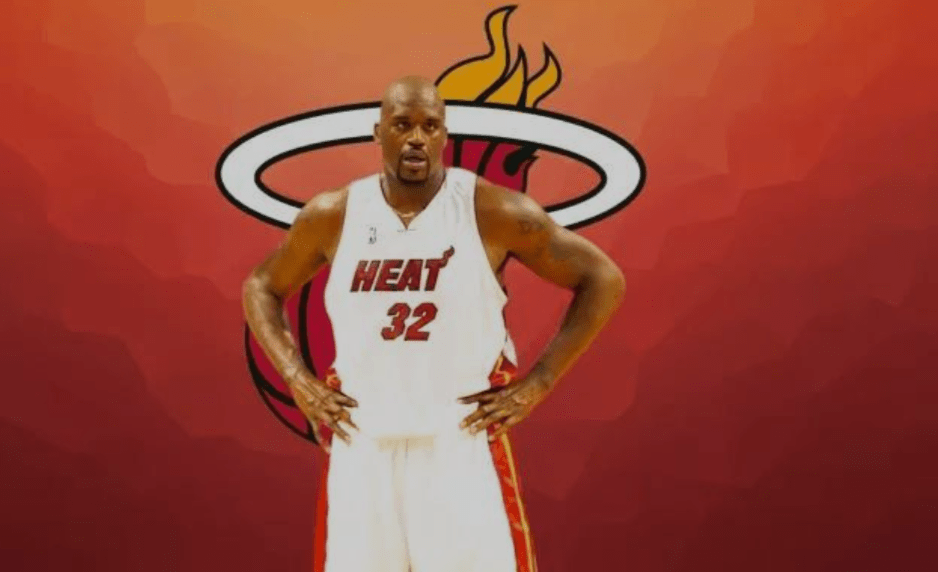
However, Riley's tough approach could also be seen as "exploitative." He was keen on imposing his own rules on the team, from player training schedules to team operations, even extending to the minutiae of daily life. Riley almost sought absolute control over everything. While this style could establish discipline and create a highly efficient team chemistry in the short term, it might not be suitable for everyone in the long run.
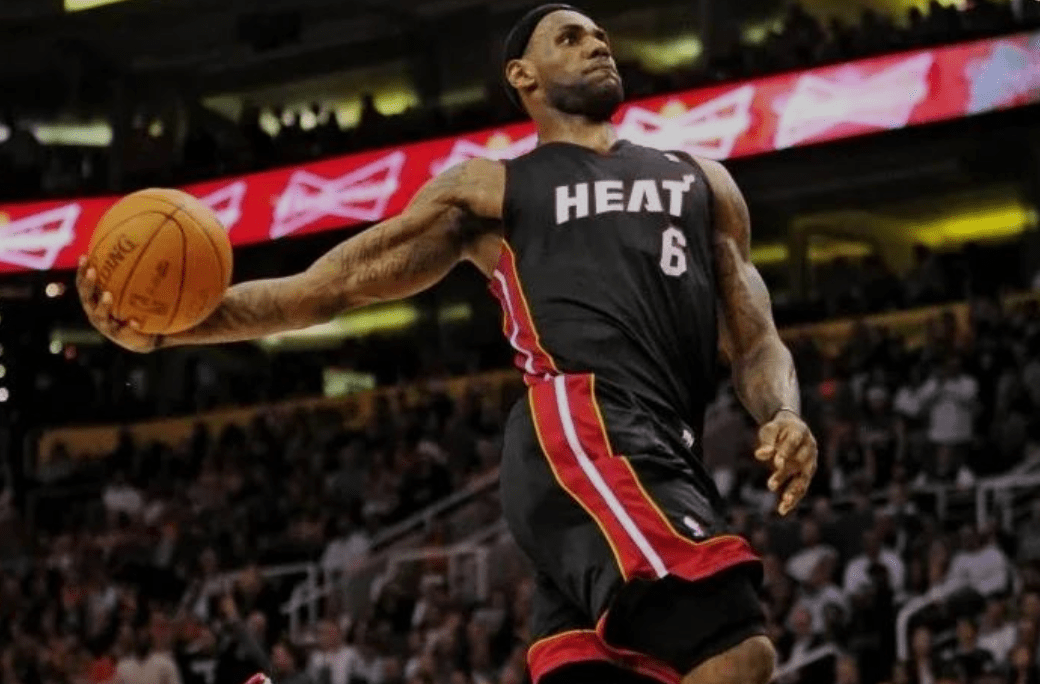
LeBron James was one such individual who found this approach unsuitable. During his four seasons with the Heat, James had established himself as a superstar and core player in the league, yet he also desired more say in matters such as roster construction, rotation arrangements, and even team management. However, under Riley's control in Miami, these aspirations seemed "impossible," as the philosophy of "the captain sets the rules, and the sailors obediently follow" made James feel constrained. When Riley explicitly stated that team decisions could only be made by management, this conflict intensified.
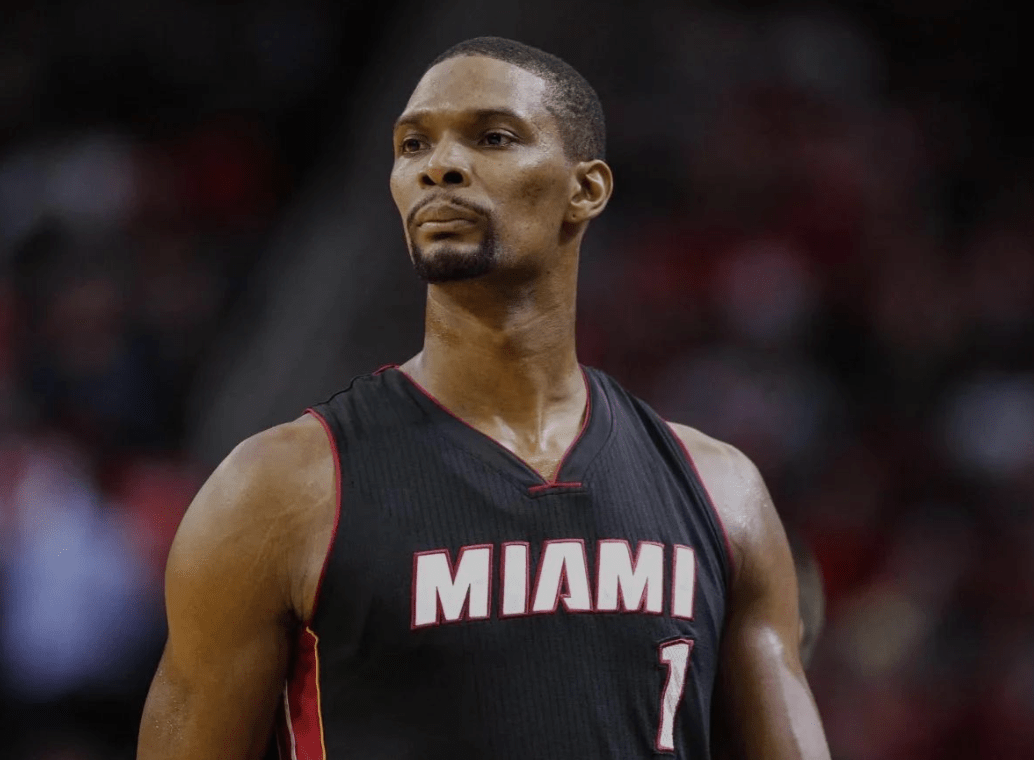
On the surface, the relationship between James and the Heat remained cordial upon his departure. But if you gave him a mirror, he would tell you that there was already a crack behind the facade.

When leaving Cleveland, LeBron James was viewed as a "traitor" by his hometown fans. His decision incited anger among fans and left an indelible mark with city-wide burnings of James' jerseys. However, four years later, when James decided to return, regardless of external opinions, he was no longer the young and headstrong "Chosen One." He came back with the profound experience gained from the Miami Heat and a new understanding of basketball culture.
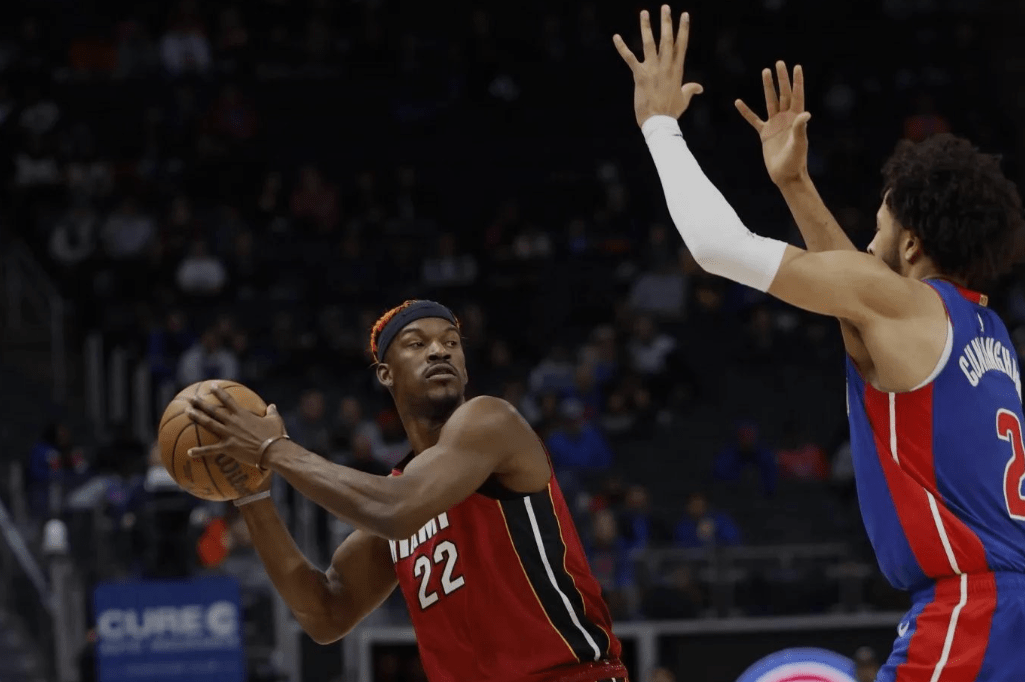
Returning to the Cavaliers was not just a choice; it was also James' redefinition of the team's cultural core. He wanted the team to respect its veteran players and to foster an environment where players supported and trusted each other - aspects that often appeared too utilitarian under Riley's management. For instance, the Cavaliers retained Kevin Love as a key piece, despite the former All-Star power forward not always meeting expectations. James consistently backed Love, giving him ample time to grow. In James' view, this was a form of "respect" - recognition of the emotional value of players and the foundation for achieving team chemistry.
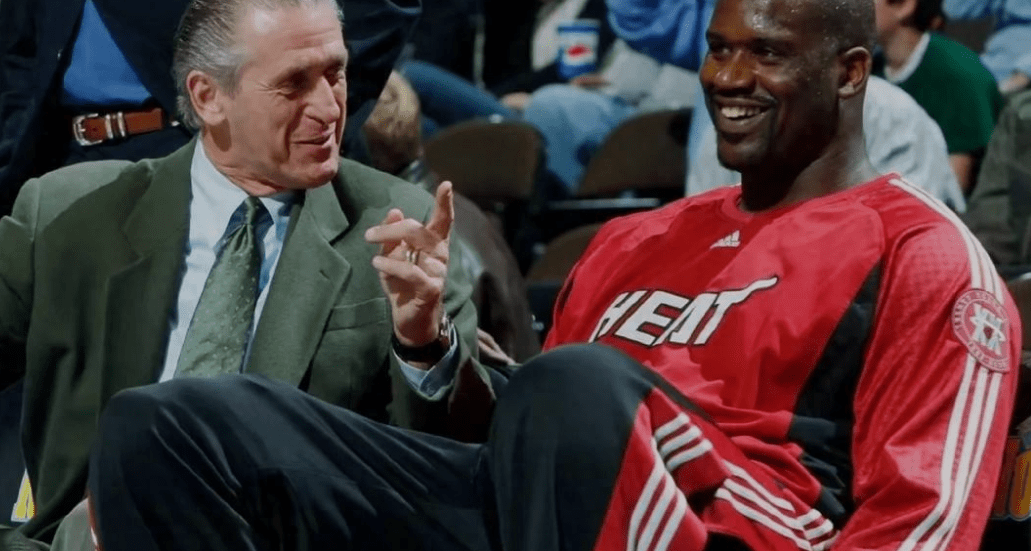
What were the results? In just two years, the Cavaliers achieved a feat unseen in 35 years during the 2015-16 season: overcoming a 1-3 deficit in the finals to defeat the Warriors and claim their first championship in team history. James' return and perseverance brought hope back to the once-broken team. In contrast, the Heat at that time was still adjusting post-championship, gradually being swallowed by the tides of change.
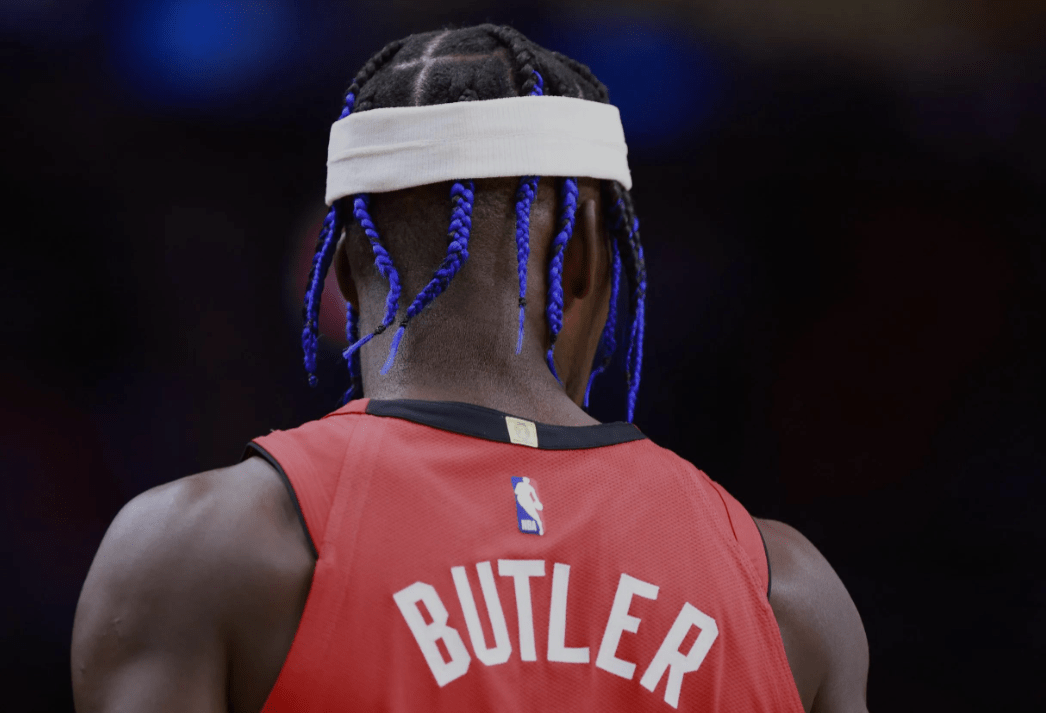
Pat Riley is an excellent tactician, and it's not an exaggeration to say that without him, there would be no Miami Heat of today. From bringing in Alonzo Mourning in the 90s to establishing a style of relentless defense in the late 20th century, he has repeatedly pushed the Heat to the brink of championship glory.
On the other hand, Riley's tenacity and desire for control have made it difficult for some players to bear. In 2015 and 2016, Dwyane Wade, the symbol of the team, faced repeated conflicts with Riley over salary issues, ultimately choosing to leave and join his hometown team, the Chicago Bulls. Such "cold handling" of team veterans has severely questioned the Heat's team culture. This does not mean that Riley's decisions were entirely wrong, but this management style, compared to the emotional team concept James believes in, appears colder.
However, Riley's tough approach is not without merit. For example, in the summer of 2019, he signed Jimmy Butler as the "new core." Unlike James' desire for freedom, Butler was more compliant with the team system and demonstrated strong adaptability to Riley's management style. In just a few years, the Heat reached the finals twice under his leadership, showcasing Riley's unique acumen in selecting players.
Regarding team culture, the NBA has numerous cases to illustrate the point. The Lakers' treatment of stars is particularly noteworthy; take Kobe Bryant, for example. Despite a clear decline in competitive form in the latter stages of his career, the management was still willing to renew his contract with a significant sum, ensuring Kobe finished his career with the Lakers. This approach not only made Kobe a symbol of the Lakers but also established a more enduring cultural value for the team. The Cavaliers are a similar case; after James returned, his support for Love and his teammates turned them into trusting collaborators and co-creators of a segment of team history.
In contrast, the Celtics traded away their defensive center Kendrick Perkins in 2011, which at the time was to pursue a better chance of winning. However, this trade disrupted the Celtics' chemistry and directly affected their subsequent performance - utilitarian management does not always yield the expected results. As for Riley, his model emphasizes short-term gains and often manipulates the "pieces" on the chessboard with an "iron fist," which, while successful at times, comes across as cold.
This comparison does not present a simple right or wrong but is more about the art of balance. If Pat Riley represents naked power and efficiency, the cultural concept that James adheres to may be closer to humanity and sentimentality.
In the end, James chose to leave Riley and return to the Cavaliers. Neither of them was wrong; it was just that their pursuits were not compatible. Today, James has matured and perfected his career, while Riley remains the leader of the Heat, continuing to chase dreams with a new core of the team. In this world, all partings and reunions perhaps have their timing and answers.